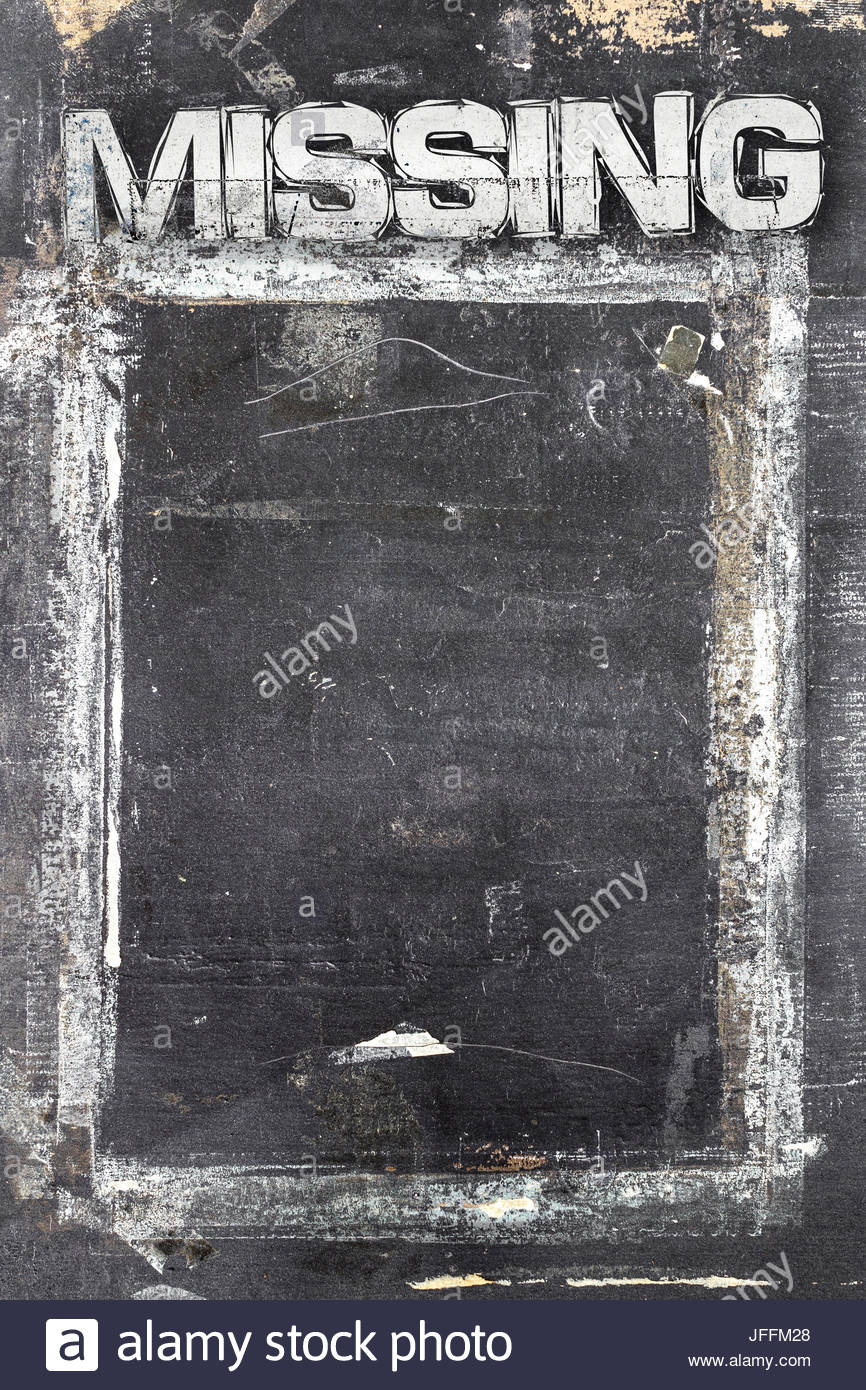MISSING NATIVE WOMEN SHOULD HAVE THE SAME COVERAGE AS WHITE WOMEN

On June 5, 2017, 20-year-old Ashley Heavyrunner Loring sent messages to friends looking for a ride to town from her family’s ranch on the Blackfeet Reservation of Montana. As she waited for a friend to arrive, she packed some clothes and said goodbye to her family, then quickly went out the door and hopped in a car. Later that night, a video was posted on social media of a party, showing her chatting on a couch full of people.
That was the last night Ashley Heavyrunner Loring has ever been seen.
You probably haven’t heard of this missing Native American woman, and it comes as no surprise. All too often, the race of a missing woman determines media coverage and law enforcement response.
Just this summer, Gabrielle Petito, a 22-year-old white woman from New York, was reported missing on Sept. 11. Her family last spoke to her on Aug. 24, when she and her fiancée, Brian Laundrie, were headed to Wyoming to see the Grand Tetons.
Brian returned home in her van without her, and then fled from public view a few days later. The disappearance of Petito – and then, Laundrie – has launched a social media frenzy, saturated media coverage, and spurred a massive law enforcement response.
According to Native Women’s Wilderness – an advocacy group for Native American women – the murder rate of native women in the U.S. is 10 times the amount of all other ethnicities, and homicide is the third leading cause of death. Since 2016, the National Crime Information Center has reported 5,712 cases of missing native women – while the U.S Department of Justice missing persons database has only reported 116 cases.
Why the huge gap? A slew of challenges, including confusion surrounding jurisdictions, not enough resources, poor coordination between law enforcement agencies, and lack of recordkeeping has contributed to this crisis.
Why is there so little coverage in the media on this tragic trend? One answer lies in a concept the late journalist Gwen Ifill called the “missing white woman syndrome.” The concept refers to the media’s strong interest with covering missing conventionally attractive white women – such as Laci Peterson or Natalee Holloway, whose disappearances produced monumental publicity. Meanwhile, the disappearances of native women are mostly ignored in the media.
A study performed by Zach Sommers, a sociologist at Northwestern University, found that the coverage of missing indigenous women was not only significantly less in quantity but also different in intensity. News outlets are more likely to repeatedly report on stories of missing white women. As a result, we across the U.S. learn these white women’s stories and see them as individuals with real lives, real loved ones – and they become a household name. The same treatment is not granted to missing indigenous women: We don’t see them, and we don’t feel like we have gotten to know them.
It is now time for the media to shine a light on missing native women and give them the same coverage and attention as missing white women. We should recognize differences in the urgency and attention that cases of missing native women get, which will lead to an improved public response. As media creators and consumers, we can ask ourselves, “Why is this case getting so much attention? Whose stories are not being told?”
In a press conference on Sept. 28, Joseph Petito, Gabrielleo’s father, told new reporters, “I don’t want to dismiss the ridiculously hard work that the FBI and law enforcement all around did, but social media has been amazing and very influential, and it should continue for other people, too.
“This same type of heightened awareness should be continued for everyone,” he continued. “I want to ask everyone to help all the people that are missing. It’s on all of you, everyone that’s in this room to do that. If you don’t do that for other people that are missing, that’s a shame, because it’s not only Gabby that deserves that.”
The Gabrielle Petito case demonstrates that we are capable as a society of handling a missing person case correctly and appropriately by making it a priority. We need to have that same urgency in our responses to the native women, and all other people, who go missing
Sources:
https://www.nativewomenswilderness.org/mmiw
https://www.insider.com/experts-missing-women-of-color-are-not-centered-news-coverage-2021-9
https://scholarlycommons.law.northwestern.edu/jclc/vol106/iss2/4/
https://www.npr.org/2021/09/21/1039268981/media-petito-like-racism-native-americans
https://www.ncai.org/resources/resolutions/addressing-crisis-of-missing-and-murdered-native-women

Leave a comment